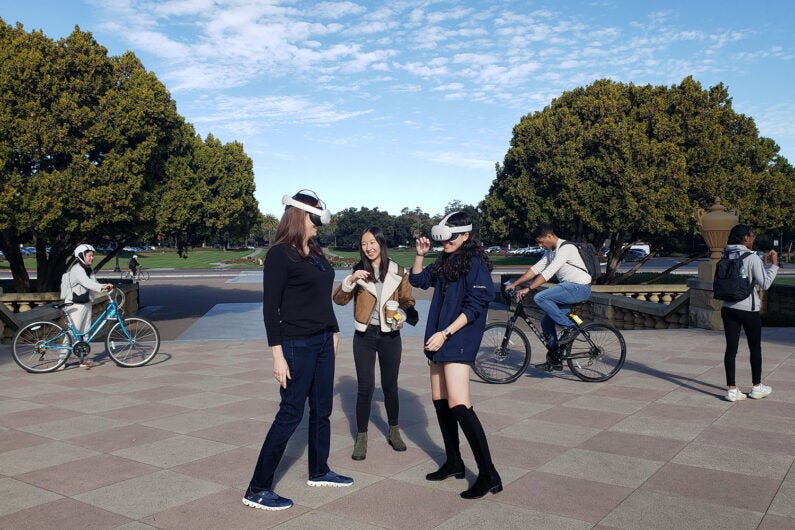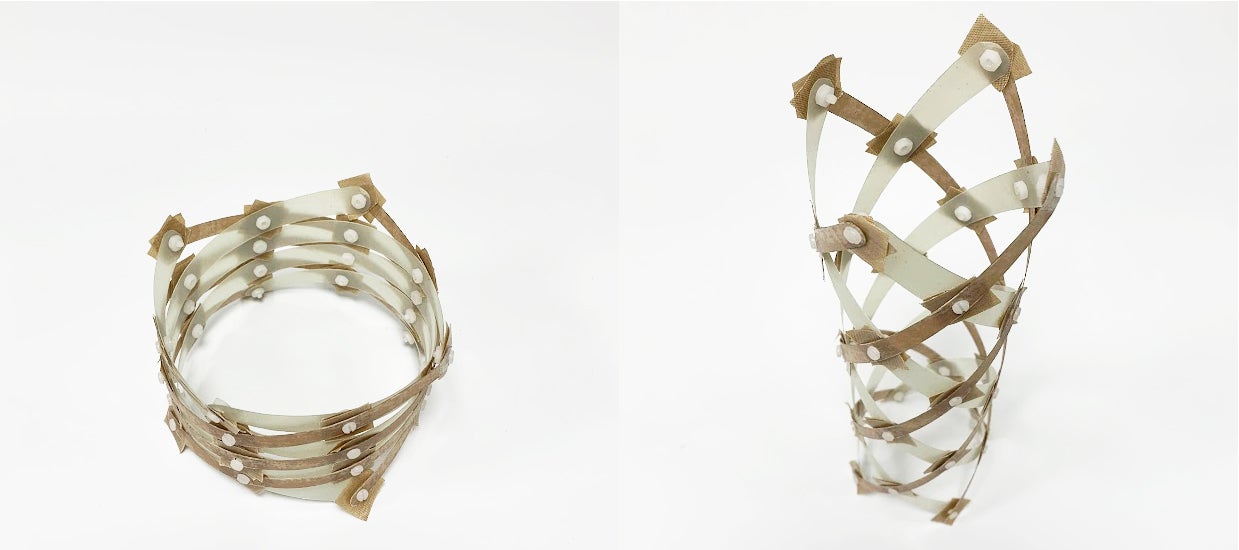Computing
 Dirty Dozen: IRS Warns About False Fuel Tax Credit Claims; Taxpayers Should be Wary of Scammers
Dirty Dozen: IRS Warns About False Fuel Tax Credit Claims; Taxpayers Should be Wary of Scammers
Dirty Dozen: "The Internal Revenue Service today warned taxpayers to watch out for promoters who push improper Fuel Tax Credits claims in the fourth day of the 2024 Dirty Dozen list of tax scams. The Fuel Tax Credit is available only for off-highway business and farming use and not for most taxpayers. But the IRS continues to see instances where unscrupulous promoters or return preparers mislead taxpayers about fuel use and create fictitious documents or receipts for fuel. The IRS has seen an increased number of fictitious claims for fuel tax credits on Form 4136, Credit for Federal Tax Paid on Fuels. By claiming the fuel tax, these promoters are looking out for their own financial interests by charging the taxpayers inflated fees. But taxpayers should realize the IRS has heightened scrutiny on this scam, and people claiming it improperly risk future compliance action by the IRS." more »
 Stanford Medicine Study Identifies Distinct Brain Organization Patterns in Women and Men
Stanford Medicine Study Identifies Distinct Brain Organization Patterns in Women and Men
“A key motivation for this study is that sex plays a crucial role in human brain development, in aging, and in the manifestation of psychiatric and neurological disorders,” said Vinod Menon, PhD, professor of psychiatry and behavioral sciences and director of the Stanford Cognitive and Systems Neuroscience Laboratory. “Identifying consistent and replicable sex differences in the healthy adult brain is a critical step toward a deeper understanding of sex-specific vulnerabilities in psychiatric and neurological disorders.” more »
 Stanford Researchers Urge Caution With New Mixed Reality Headsets; Visual Distortions, Feelings of Social Absence and Motion Sickness Can Undercut the Vibe
Stanford Researchers Urge Caution With New Mixed Reality Headsets; Visual Distortions, Feelings of Social Absence and Motion Sickness Can Undercut the Vibe
“Given how far headsets with passthrough video have come, it’s time to dedicate serious academic thought to the psychological and behavioral effects of this technology,” said Jeremy Bailenson, the Thomas More Storke Professor in the Stanford School of Humanities and Sciences and founding director of the Virtual Human Interaction Lab (VHIL). “We want to understand the implications of living in a life in which we rely on passthrough for hours every day to see the world around us.” more »
 Stanford News Service: A New, Portable Antenna Could Help Restore Communication After Disasters
Stanford News Service: A New, Portable Antenna Could Help Restore Communication After Disasters
Researchers at Stanford University and the American University of Beirut (AUB) have developed a portable antenna that could be quickly deployed in disaster-prone areas or used to set up communications in underdeveloped regions. The antenna packs down to a small size and can easily shift between two configurations to communicate either with satellites or devices on the ground without using additional power. At its most compact, the antenna is a hollow ring that stands just over 1 inch tall and about 5 inches across – not much larger than a bracelet – and weighs 1.4 ounces. In this shape, it’s able to reach satellites with a high-power signal sent in a particular direction. When stretched out to about a foot tall, the antenna sends a lower power signal in all directions, more like a Wi-Fi router. more »






